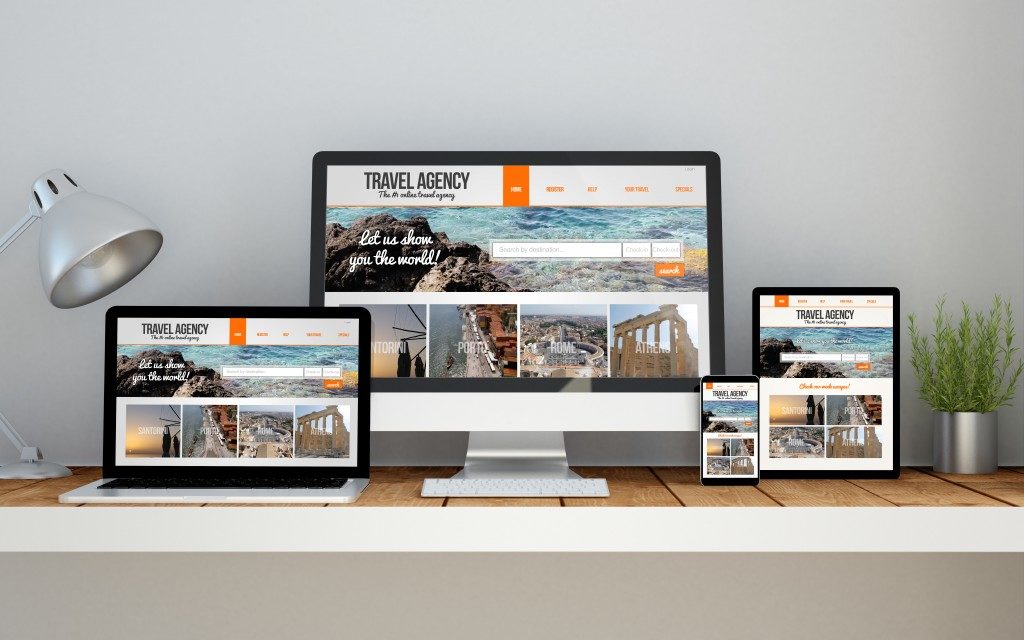The average global conversion rate in the third quarter of 2018 was 2.42 percent, according to the data of Smart Insights. Conversion rate is normally used as a key performance indicator (KPI) to check the effectiveness of e-commerce websites.
A high conversion rate helps you grow your business. But improving conversion rates comes with its obstacles and roadblocks. Positive results are not a guarantee when it comes to encouraging the desired action from your site visitors. This is because you have to deal with human behavior, which experts consider as the most mysterious and unpredictable obstacle in the online world.
Enhancing the customer experience and user experience for your website helps improve its performance. But using behavioral design when designing your website can further enhance the experience it provides to your customers.
So what is behavioral design?
A Set of Techniques for Persuasion
The behavioral design focuses on persuasion rather than coercion. Experts describe it as a technology of behavior and not of force. Designers must respect a person’s fundamental rights to freedom of choice, autonomy, and dignity.
It’s crucial to understand how the habit system works to understand behavioral design clearly. The habit system is a set of learned behavior that people perform unconsciously. Using the cue-action-rewards (CAR) model, behavioral designers could control the consequences of user behavior since a habit is a learned behavior.
The CAR model is a design framework that induces user habits that promote continued engagement and retention. When a user senses a trigger (cue) in their environment, they learn to connect it with an action, which results in a reward. Designers must be able to construct artificial cues to induce a particular action.
Integrating Behavioral Design to Website Design
 A Forbes report explains experience is a series of peak moments. Your design should focus on these peak moments to create an engaging and memorable use of your site. Applying this to your website requires designing it in a way that caters to the behavior of your customers.
A Forbes report explains experience is a series of peak moments. Your design should focus on these peak moments to create an engaging and memorable use of your site. Applying this to your website requires designing it in a way that caters to the behavior of your customers.
These factors will help you integrate behavioral design to your site:
- Identify your users’ mental states and trigger points – focus on moments that are the most emotional and offer a unique experience that you can control.
- Design around that mind state – you can incorporate small wins, add exclusive content, or allow your users to choose the way they want to experience your site.
- Eliminate barriers to flow – identify barriers that keep users from points of friction that take them out of the flow.
- Offer clear directions – be clear on what you want your users to do next after reaching a decision point.
- Leverage best practices – come up with unique ways to use the behavioral design elements to further enhance your website.
Creating a website that caters to your customers can minimize your bounce rate, a vital metric that measures how users engage with a site. Bounce rate also shows the number of users that leave your site without taking any action.
Behavioral Design Helps Reduce Bounce Rate
Certain elements may not be appealing to your users, influencing their decision to click the back button. The basis of behavioral design is that if certain elements can drive users away from your web page, certain characteristics may make them stay.
A report by Search Engine Watch cites a behavioral scientist who studied the influence of technological solutions on behavior. The scientist created a method on using design to change behavior, which the outline includes:
- Getting specific about the desired behavior
- Making it easy for users to reach that outcome
- Using triggers to prompt the behavior
Have you checked the conversion rates of your website? Understanding the behavior of your customers allows you to design a website that would appeal to them and potentially increase your conversion rate. Successful integration of behavioral design to your site can provide a memorable and meaningful experience to your users and customers, which will reflect in your bottom line.

